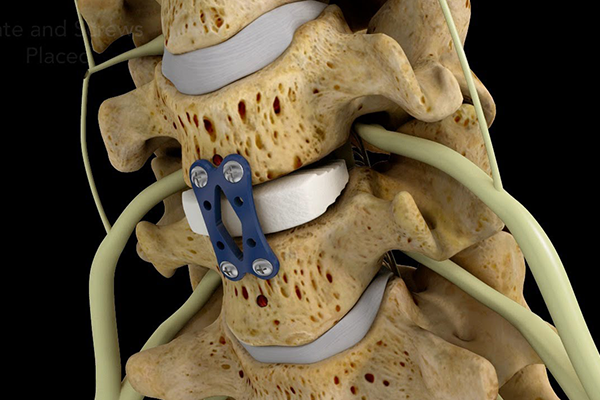
Spinal Fusion Procedure
A surgical treatment called spinal fusion involves permanently joining two or more vertebrae together so that there is no space between them. The spine's tiny, interconnecting bones are known as vertebrae.
Extra bone is added during spinal fusion to close the gap that typically separates the two vertebrae. There is no space between them once the bone has healed.
Stability, repairing of a deformity, or reducing pain in the spine are the main reasons for a spinal fusion. Your physician might advise spinal fusion to treat:
- Abnormalities in the spine: Correcting spinal abnormalities such as a sideways curvature of the spine with spinal fusion can help.
- Spine instability: If there is irregular or excessive mobility between two vertebrae, your spine could become unstable. This is a typical side effect of severe spine arthritis. In such circumstances, spinal fusion can be used to regain spinal stability.
- Disc herniation: Using spinal fusion to support the spine may be necessary after a damaged (herniated) disc has been removed.
You are put to sleep with a general anesthetic so that the surgeons can execute spinal fusion while you are unconscious. Various surgical methods have been developed by surgeons for performing spinal fusion surgery. The method your surgeon employs is determined by the position of the vertebrae to be fused, the purpose of the spinal fusion, and, occasionally, your overall health and physical characteristics.
 WhatsApp
WhatsApp